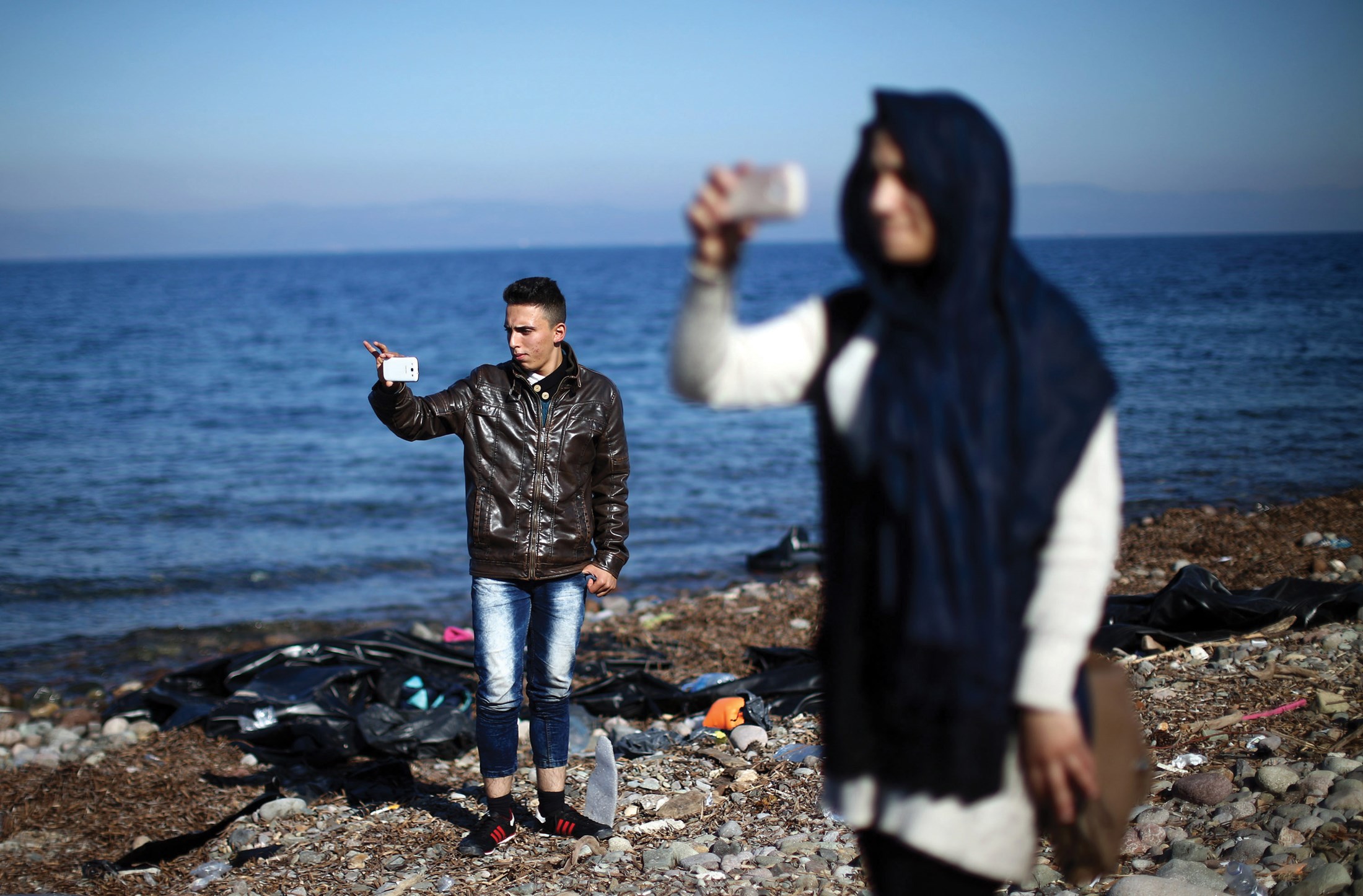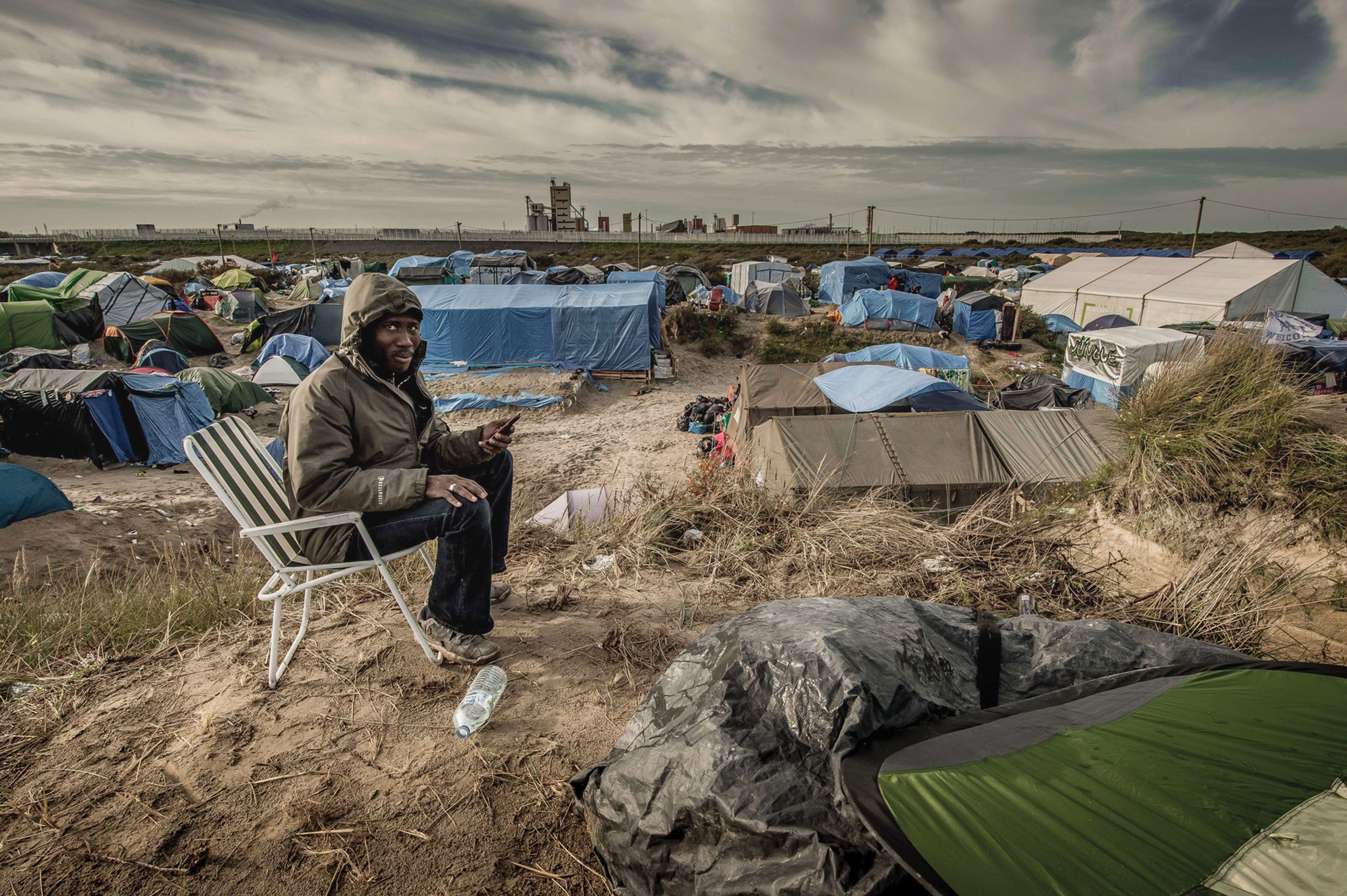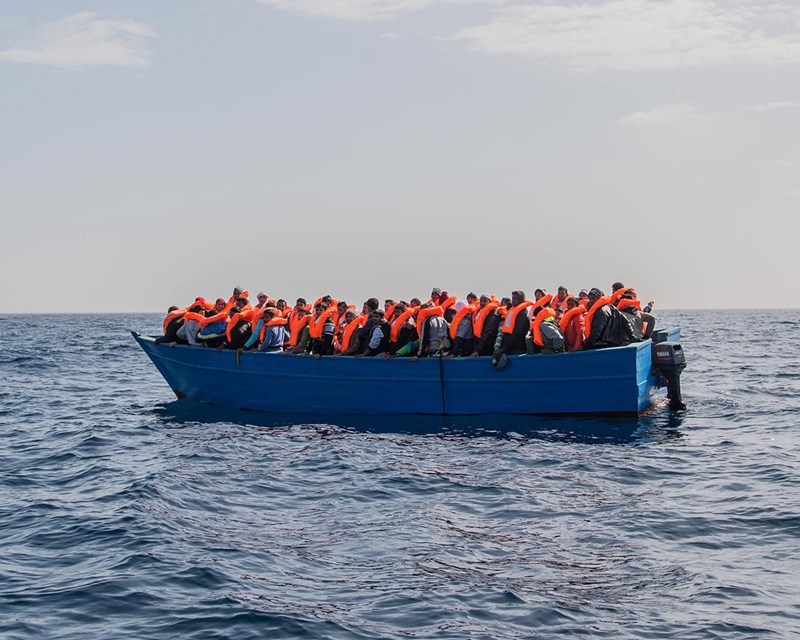As the European refugee crisis reached fever pitch in 2015, Shelley Taylor, founder and CEO of app developer Trellyz, had an idea. Why not use her team’s expertise to link refugees to shelter, sustenance and other critical services?
The result was the Refugee Aid app – or RefAid for short. Created over the course of a weekend in early 2016, RefAid uses geolocation and real-time data to show migrants, refugees and aid workers up-to-date maps of the nearest service points, filtered by category. Some meet simple short-term needs – such as water or blankets – while others cater to the long-term demands of a life lived in limbo: legal aid, medical clinics and education.
“It's meant to cover many years of the refugee life cycle,” explains Taylor, a Silicon Valley veteran.
Two years on, RefAid is active in 14 countries, features more than 400 aid organisations and charities – ranging from the British Red Cross to Save the Children – and continues to attract up to 50 more a month. Nonprofits that sign up populate the app with data about their services, which is then promoted in two languages to refugees and migrants using the platform.
Alongside helping users to find their footing, RefAid also acts as a single source for aid agencies to see which services exist, or are missing, in each location.
“For the first time [agencies] have a way to see what else is going on near them, with the benefit that now they are no longer all doing the same thing in the same place,” says Taylor, who funded the project with a mix of her own money, company assets and donations.
A decade ago, RefAid would have been an outlier. Now it is a sign of a wider trend that has seen technology firms begin to disrupt the traditional crisis response models of the aid sector. Beginning in 2015, the industry has seen an almost spontaneous response to the refugee crisis, with an army of techies rallying to find new and novel ways to help people in transit.
What emerged, by way of a flurry of hackathons and other hub-powered events, were fledgling tools and models to help tend to the needs of those crossing borders. From groups like Techfugees, a social enterprise that aims to steer the global tech sector’s response to the crisis, to established digital players such as Trellyz.
“It was a huge, welcome surprise when, at the height of the migrant crisis in Europe, the tech community really stepped up,” says Meghan Benton, a senior policy analyst with the Migration Policy Institute.
While the digital response hasn’t pushed aside traditional ways of delivering aid, it is helping to bring something new to the way over-stretched humanitarian agencies operate. “The real potential is in working more closely together and thinking about how tech can be more disruptive and solve problems at scale,” she adds.







